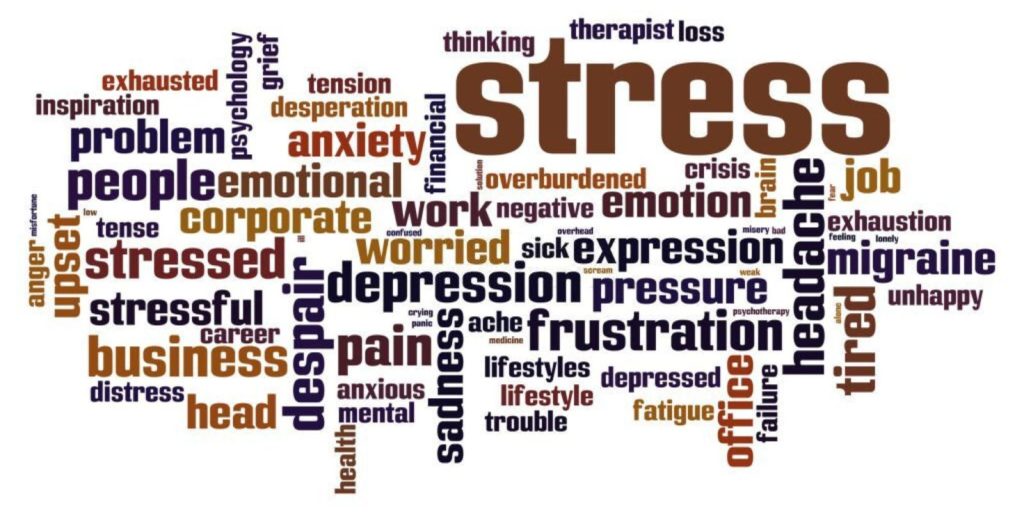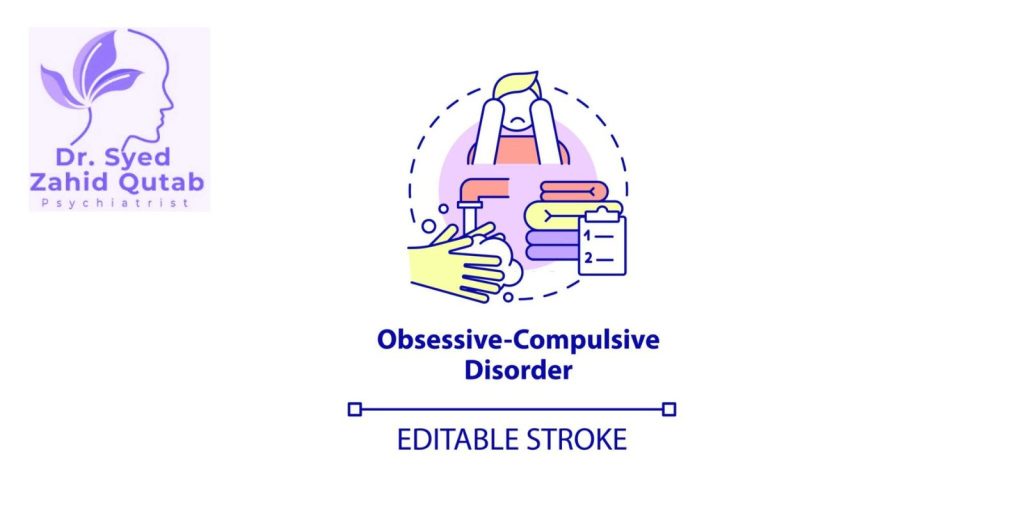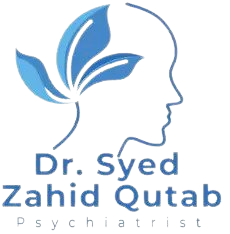Cognitive Behavioral Therapy
Have you ever felt like your thoughts were out of control or that they were taking over your life? If so, you’re not alone. Millions of people suffer from anxiety and Obsessive-Compulsive Disorder (OCD) every day. Fortunately, Cognitive Behavioral Therapy (CBT) can be an effective way to manage these intrusive and overwhelming thoughts. In this article, we’ll explore how CBT works and what it can do to help you cope with OCD.
Introduction to OCD and Cognitive Behavioral Therapy
It’s estimated that 1 in 100 adults live with obsessive-compulsive disorder (OCD), a type of anxiety disorder characterized by unwanted, intrusive thoughts (obsessions) and repetitive behaviors (compulsions) that the person feels they cannot control. People with OCD often try to avoid situations that trigger their obsessions by performing rituals to ease their anxiety. But this only provides temporary relief and can actually make the OCD worse in the long run.
Cognitive Behavioral Therapy Definition
Cognitive Behavioral Therapy (CBT) is a type of psychotherapy that focuses on altering negative thought patterns, beliefs, and behaviors in order to improve mental health and well-being. It is a short-term, goal-oriented therapy that is based on the idea that our thoughts, emotions, and behaviors are interrelated and can influence each other.
CBT helps individuals identify and challenge negative or unrealistic thoughts and beliefs that are contributing to their mental health concerns, such as anxiety, depression, or obsessive-compulsive disorder. The therapist works with the individual to replace these negative thoughts with more balanced and realistic ones and to develop new, more adaptive behaviors.
CBT has been shown to be effective in treating a range of mental health conditions, including anxiety, depression, and obsessive-compulsive disorder. It is a collaborative, evidence-based approach that emphasizes the importance of active participation and self-reflection, and it can be delivered in individual or group therapy settings.
Understanding the Symptoms of OCD
The symptoms of OCD can be divided into two main categories: obsessions and compulsions. Obsessions are unwanted, intrusive thoughts, images, or urges that cause distress or anxiety. Compulsions include repetition of behavior or mental acts that a person does in order to relieve the anxiety caused by the obsessions.
People with OCD may have a combination of obsessions and compulsions. Some common obsessions include fears such as that contamination, the fear of harming oneself or others, excessive concern with symmetry or orderliness, and intrusive sexual or violent thoughts. Common compulsions include excessive hand-washing and cleaning, counting or ordering objects, Checking (e.g., doors, stove) repeatedly, hoarding objects, and repeating actions a certain number of times.
The obsessions and compulsions associated with OCD can consume a great deal of time and energy, making it difficult to work, go to school, or even leave the house. In severe cases, OCD can be completely paralyzing.

How Cognitive Behavioral Therapy Can Help Manage OCD
Cognitive behavioral therapy (CBT) is one of the most used treatments for OCD that can help manage obsessive thoughts. CBT focuses on identifying negative thinking patterns and behaviors. It can help you learn to control your thoughts and actions, manage your anxiety, and reduce your compulsions. CBT may involve weekly sessions with a therapist. During these sessions, you will work on challenging your negative thoughts and beliefs about OCD. You will also practice exposure and response prevention (ERP), which involves gradually exposing yourself to your fears and learning to resist the urge to perform compulsions.
ERP can be a difficult and challenging process, but it is often very effective in treating OCD. With CBT, you can learn how to control your OCD and live a happier, more productive life.
Techniques and Strategies to Combat Obsessive Thoughts
Cognitive behavioral therapy (CBT) is an effective treatment for obsessive thoughts and behaviors associated with OCD. CBT works to identify and change negative thinking patterns and behaviors that contribute to OCD symptoms. CBT techniques and strategies that may be used to combat obsessive thoughts include:
-Identifying and challenging distorted beliefs and thoughts that contribute to OCD symptoms
-Learning how to tolerate uncertainty and anxiety without engaging in compulsions or avoidance behaviors
-Exposure and response prevention (ERP), which involves gradually confronting feared situations or objects while refraining from compulsions or avoidance behaviors
-Building a support network of family, friends, or therapist
Dispelling Some Common Misconceptions About CBT for OCD
Cognitive behavioral therapy (CBT) is also a very effective treatment for OCD, but there are some common misconceptions about it. Here are some common misconceptions about CBT for OCD:
1. CBT is only for people with severe OCD.
This is not true! CBT can be effective for people with all levels of OCD severity.
2. CBT is only for people who can’t manage their own thoughts.
Again, this is not true! CBT can help people who are struggling to control their thoughts, as well as those who have more severe OCD symptoms.
3. CBT will “cure” me of my OCD.
CBT is an effective treatment that can help reduce the symptoms of OCD, but it is not a cure. However, many people find that their symptoms improve significantly with CBT and that they are able to live normal, productive lives despite having OCD.
Tips for Dealing With Obsessive Thoughts
1. If you find yourself fixating on a certain thought or worry, try to distract yourself with something else. Listen to music, read books, or go for a walk.
2. Challenge your negative thoughts. Are they really true? What evidence do you have to support them?
3. Focus on the present moment and what you are doing right now. Don’t dwell on past mistakes or worry about the future.
4. Practice relaxation techniques such as deep breathing or progressive muscle relaxation.
5. Talk to someone who can provide support and understanding, such as a therapist, friend, or family member
Cognitive Behavioral Therapy Examples

CBT is based on the idea that our thoughts, emotions, and behaviors are interconnected and that changing the way we think can lead to changes in how we feel and act. Here are a few examples of how CBT can be used to help with various mental health concerns:
Individuals struggling with anxiety
For individuals struggling with anxiety, CBT can help identify and challenge the negative thoughts that trigger and maintain anxiety symptoms. This may involve learning relaxation techniques, such as deep breathing, and reframing anxious thoughts in a more positive light.
Individuals with depression
For those with depression, CBT can help identify negative thought patterns and beliefs that contribute to feelings of hopelessness and worthlessness. The therapist may help the individual develop a more balanced perspective and engage in activities that bring pleasure and improve mood.
Individuals with obsessive-compulsive disorder (OCD)
For individuals with obsessive-compulsive disorder (OCD), CBT can involve gradually exposing them person to the things they fear and avoid while teaching them to resist the urge to perform compulsive behaviors. This can help to reduce the severity and frequency of obsessive thoughts and compulsive behaviors.
Individuals with post-traumatic stress disorder (PTSD)
For individuals with post-traumatic stress disorder (PTSD), CBT can help process traumatic memories and reduce symptoms such as flashbacks, avoidance behaviors, and hypervigilance. This may involve exposure therapy, which involves gradually facing and coming to terms with traumatic memories.
These are a few examples of how CBT can be applied to help with different mental health concerns. It’s important to note that the specific approach and techniques used in CBT may vary depending on the individual and their specific needs.
An effective way to manage OCD
Cognitive-behavioral therapy can be an effective way to manage OCD, as it helps you identify and modify your thought patterns. By learning how to become aware of obsessive thoughts, challenge them, and not give in to the compulsions that drive them, individuals can learn new ways of thinking and eventually manage their OCD more effectively. With time and practice, cognitive behavioral therapy has been shown to reduce the severity of symptoms associated with OCD. If you or some loved one is struggling with intrusive thoughts or compulsive behaviors related to OCD, consider seeking professional help from a therapist who specializes in cognitive behavior therapy for the best results.
Psychiatrist and Psychologist in Lahore
I am Dr. Syed Zahid Qutub, a leading Cognitive Behavioral Therapy (CBT) psychiatrist in Lahore. With years of experience and extensive training in CBT, I am dedicated to helping my patients overcome their mental health challenges and lead happier, more fulfilling lives.
CBT specialist
As a CBT specialist, I believe in the power of changing negative thought patterns and behaviors to improve mental well-being. I work closely with my patients to help them identify and challenge the underlying causes of their concerns, whether it’s anxiety, depression, or obsessive-compulsive disorder.
With a compassionate and collaborative approach, I help my patients develop new, more adaptive coping strategies and empower them to take control of their mental health. Whether in individual or group therapy sessions, I am committed to providing my patients with the tools and support they need to achieve their goals and reach their full potential.
If you’re looking for a leading CBT psychiatrist in Lahore, look no further. Contact me today to schedule a consultation and begin your journey toward a brighter, more fulfilling future.
